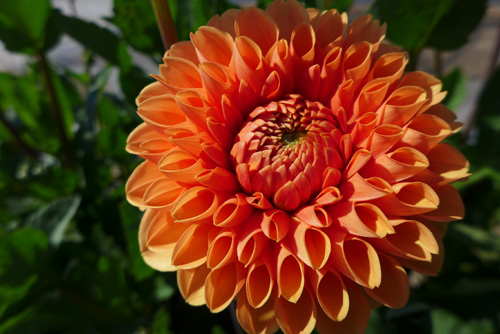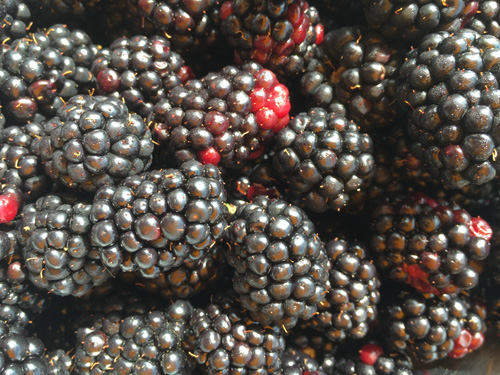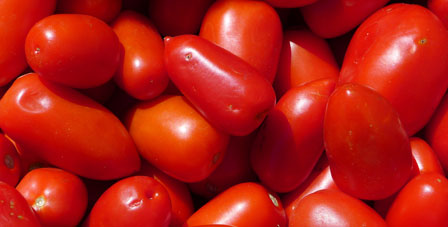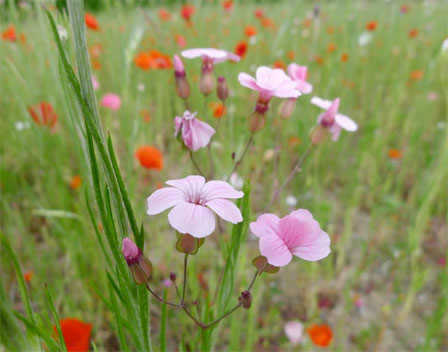Below you will find a selection of the most recent entries from bloggers in the Your Home section.
To view the entries from individual bloggers, click on the links below:
Anna Lascols, Organizing Geneva
Her mission as a professional organizer is to improve people’s lives by coaching them how to set up and maintain efficient systems to keep their time and space in order. Anna helps her clients to visualize their ideal lifestyle and works side-by-side with tem to reach their goals. These can range from redesigning their closet à la Marie Kondo to getting their paperwork under control, improving their time management skills or preparing for the arrival of a baby. Anna is a KonMari Consultant and a member of the Swiss Association of Professional Organizers (Swiss-APO). She works in and around Geneva and provides her services is English, French, German and Spanish. She offers personal organizing sessions, virtual coaching and organizes workshops on various organizing and zero waste topics.
Liz Forest - EMF Management
Liz Forest is the founder and owner of EMF Management, a Swiss-registered renovation project management company servicing the international community in the greater Lake Geneva / Vaud region. EMF handles the heavy lifting so clients do not have to learn a new trade, take time off work, or sacrifice family holidays or their sanity just to make their house a home.
Virginie Dor - Space of Mine
As founder of Space of Mine, a professional business specializing in residential organizing, Virginie Dor is committed to helping individuals and families better their lives, take control of their surroundings and time by creating organizing solutions that are individually tailored to each client. As a proud member of NAPO (National Association of Professional Organizers), she is an expert in clutter control, work flow, space planning and time management.
Tara Lissner - Swiss Gardening School
An enthusiastic, self-taught gardener, Tara Lissner is passionate about gardening and eager to share her zeal and knowledge with other gardening fans. In 2012, she joined forces with Hester Macdonald, a British-trained landscape designer, to launch the Swiss Gardening School.
Aislinn Delmotte - Settling Here
Aislinn Delmotte runs Settling Here, a company which aims to provide practical help and advice to individuals, couples and families relocating to the Pays de Gex, a region where some of the customs are similar to those in neighbouring Switzerland, but where many aspects of living are entirely different.
Sophia Kelly - Sophia Kelly Home Design
Responding to the growing demand for home design services in the international community, Sophia Kelly provides a range of tailor-made services, which are perfect for clients who have just moved into a new home or who simply need help reorganizing one that they have lived in for many years!

By Virginie Dor, Space of Mine
According to research published in the Journal of Clinical Psychology, organizing is the second-most popular New-Year’s resolution, just after losing weight! Thinking back on it, it seemed to me that organizing your tangible resources, your time, your thoughts, and your energy is the key to reaching all of our other resolutions too.
It is no coincidence that the National Association of Professional Organizers (NAPO) has named January National Get Organized month.
Still not convinced? According to a NAPO public survey, 82% of people believe that if they were more organized, their quality of life would improve.
So here are a few tips to get 2016 off to a great start:

By Tara Lissner, Swiss Gardening School
What a wonderful September we’ve been enjoying. The summer heat may be long gone but gentle temperatures, sunshine and just a touch of rain are spoiling us. The soft September light sets off the brilliant colours of autumn; the orange, yellow and red of flowers, leaves and fruit – a beautiful time, a wonderful season. This time of year allows us to consider where we succeeded and where we need to concentrate our efforts while allowing us to get things into shape before the cold and dark days arrive. I’ve been working on a large plot, removing very old large growth, weeding a lot, turing the soil with the aid of a man with a digger, raking over again and again and finally covering the space with geotextile. Now all I have to do is make a plan for planting. Planning improves our chances of success. Take a close look at your garden and your vegetable garden, what worked, what failed, what did you really enjoy eating and what got left behind – each question has an answer and each answer allows for a change. Photographs also help with planning, take many and remind yourselves later in the year what you loved and what you can do without – make the change, easier said than done I realize but it is important to start.
At this time of year there is so much to do, in fact at almost every time of year there is so much to do. This is the time of that mad dash to get the garden ready for winter before you no longer want to step outside. Tidy up the flower beds, deadhead the blooms that have gone over, allowing energy to be directed to the remaining buds; keep on top of the weeding as weeds continue to grow well; lawn care and repair should be high on the to do list after our scorching summer. Plan some time to buy some bulbs, already now I hear you but yes already now. All local garden centres, DIY shops and even supermarkets carry a vast selection of bulbs. The best choice and the best quality is available now, don’t delay. They may be planted in borders, in the lawn or in pots and will give you tremendous joy in the spring when plants, trees and shrubs are dormant.

By Tara Lissner, Swiss Gardening School
We are putting the final touches to our autumn course timetable and are gently adding them to the website as details and locations are confirmed. This year we will launch a series of two-hour workshops at off-site locations beginning with "Designing with grasses" at the wonderful nursery Roussillon Fleurs in Meyrin later this month.
After a lovely long summer break I’m back to everything; back to school for the kids, back to early mornings for me, back to the overgrown and somewhat scorched garden and back to being alone in the morning when I can catch up on everything I didn’t get around to this summer. Sound familiar?
Summer brings with it so many distractions from the garden, holidays to take, guests to host, places to visit, people to see, meals to share. Short of harvesting the bounty from the garden this summer I managed to avoid doing much more than a lot of watering and a little weeding; the incredible and seemingly unending heat did not encourage me either. But now with September upon us and a most distinctive autumnal feel to the early dark mornings reality has set in – it’s back to work.

By Tara Lissner, Swiss Gardening School
The arrival of June brings with it the increase in temperatures that we have all been waiting for. With this heat comes the tremendous increase of growth in the vegetable garden and flower beds which in turn brings us to the issue of water. How much is too much, how best to manage it and what to do when the holidays are looming. A little advance planning is never a bad thing. Be wise when it comes to your plants this summer.
If you are away for more than three consecutive weeks rethink your pots, containers and your plans for a vegetable bed. Let’s start with pots. If you can bear it, wait until you get back before you plant up your terrace beauties. Unless you have a house-sitter or you have paid a neighbour’s child (with specific, detailed written directions) your pots will not survive your holiday. They will be a dried out bundle of crispy annuals by the time you return and you will have to start from scratch anyway. If your plans are for shorter trips there are a number of things that can be done. Avoid thirsty and heat sensitive annuals like impatiens and petunia, pelargoniums and verbena are a better bet. Prepare your pots with good drainage materials, consider using water-retaining crystals or rain mats which absorb water and allow the plants to access it when needed. Finally move your pots into the least sunny position available.

By Tara Lissner, Swiss Gardening School
I often get the feeling that all we gardeners do is talk, or more importantly complain, about the weather, whether it be too warm, too wet, too cold or too dry. It is of course an essential part of our ability to garden, no one likes the thought of mowing the lawn in the rain. My recent discussions with others have been all about the “saints de glace“. In case you were not aware, in local agricultural folklore nothing tender should be planted out unprotected until after the days of the “saints de glace” have passed. These ice saints, SaintMamertus, Saint Pancras and Saint Servatius, celebrate their feast days on 11, 12 and 13 May each year. Until these days have passed there is still the possibility of night frost. I think this year they are dragging their heels as we’ve had some very chilly nights recently. With my garden hovering around +7c as a high one day last week, I’m very glad to be behind with my tomato planting. Do keep an eye on the overnight temperatures and if it looks like it might be very cold and your garden is very exposed, throw some garden fleece over those tender shoots.









